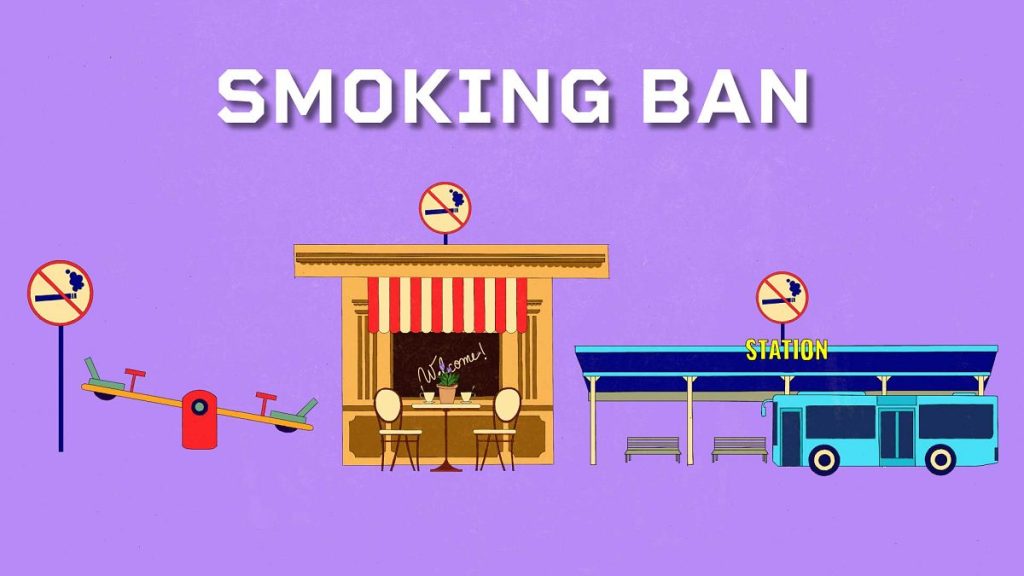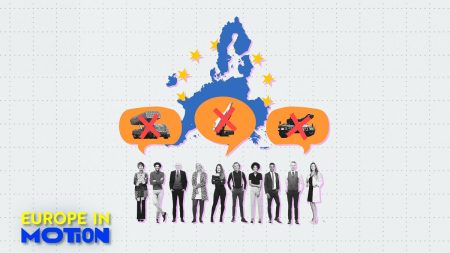The European Union has embarked on a mission to curb tobacco use and exposure to secondhand smoke, culminating in a recent recommendation adopted by Member States to restrict smoking in certain outdoor public spaces. This initiative aims to protect citizens from the harmful effects of tobacco, which contributes to nearly one-third of all cancer cases. While the recommendation itself isn’t legally binding, it urges Member States to implement restrictions within the next five years, granting them flexibility in tailoring the measures to their specific contexts. This approach acknowledges the diverse regulatory landscapes across the EU, with some countries like Sweden and Lithuania already having implemented similar restrictions, while others, such as Czechia, have expressed reservations, calling for further research on newer tobacco products.
The recommended restrictions target a range of outdoor areas frequented by the public, including playgrounds, amusement parks, restaurant terraces, public transport stops, and areas near healthcare and educational institutions. The scope of the ban extends beyond traditional cigarettes to encompass emerging nicotine delivery systems like electronic cigarettes, heated tobacco products, and herbal vaporizers. This comprehensive approach reflects the EU’s recognition of the potential health risks associated with these newer products, despite their marketing as potentially less harmful alternatives. The public reaction to these proposed measures has been mixed, with some expressing support for smoke-free environments, particularly in areas frequented by children, while others question the necessity of extending the ban to all outdoor social spaces.
This initiative forms part of a broader EU strategy to combat cancer, launched in 2021, with the ambitious goal of creating a “tobacco-free generation” by 2040, aiming to reduce smoking prevalence to a mere 5% of the population. The recommendation, while not legally enforceable, has sparked significant debate, particularly within the European Parliament. A proposed resolution incorporating the recommendation failed to pass due to disagreements over the inclusion of novel tobacco products within its scope. The center-right European People’s Party (EPP) supported amendments excluding these products, citing a lack of conclusive evidence on their impact and potential role in smoking cessation, a stance that drew criticism from other political groups.
This debate highlights the ongoing scientific and political discourse surrounding the relative harms of different nicotine products. While the World Health Organization (WHO) maintains that e-cigarettes, containing nicotine and other potentially harmful substances, pose significant risks to lung and heart health, some argue that they can serve as a tool for smokers seeking to quit traditional cigarettes. The EPP’s position, influenced by some medical professionals, emphasizes the need for further research and impact assessments before imposing blanket restrictions on these newer products. This divergence in viewpoints underscores the complexities of regulating a rapidly evolving tobacco market and balancing public health concerns with individual choices.
The EU is actively supporting Member States in their efforts to implement anti-smoking policies through financial incentives, including grants of up to €16 million for policy adoption and €80 million dedicated to nicotine control and addiction prevention. This financial backing underlines the EU’s commitment to reducing tobacco use and its associated health burdens. Looking ahead, the European Commission plans to propose new regulations in 2025 addressing tobacco taxation, advertising, and novel products, a move that is anticipated to generate further debate and potential opposition from the tobacco industry and its supporters. This ongoing regulatory process reflects the EU’s proactive approach to adapting to the changing landscape of tobacco consumption and protecting public health.
In essence, the EU’s push for smoke-free outdoor spaces represents a significant step in its ongoing battle against tobacco. While the recommendation allows for national flexibility in implementation, it sets a clear direction towards reducing exposure to secondhand smoke and promoting healthier public environments. The debate surrounding the inclusion of novel tobacco products highlights the complexities of navigating the evolving tobacco landscape and the need for continued research and evidence-based policymaking. The EU’s financial support and forthcoming regulatory proposals demonstrate a commitment to tackling this complex issue and achieving its ambitious goal of a tobacco-free generation.














